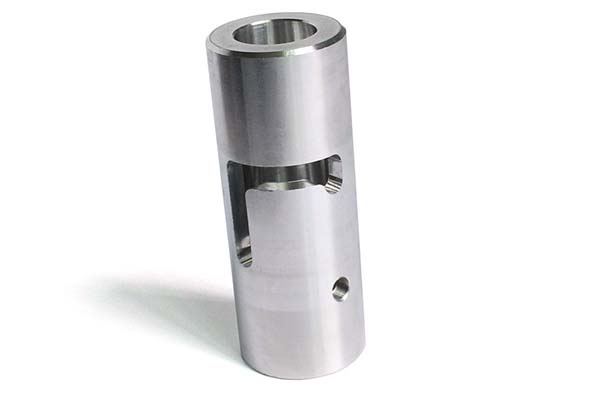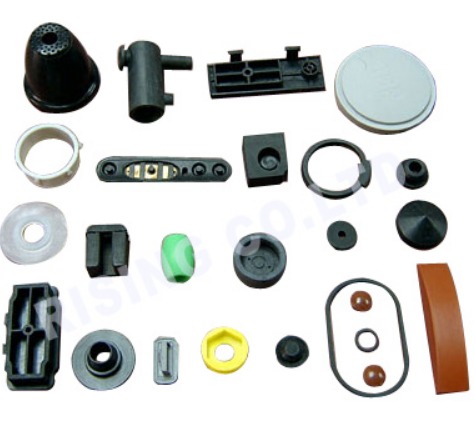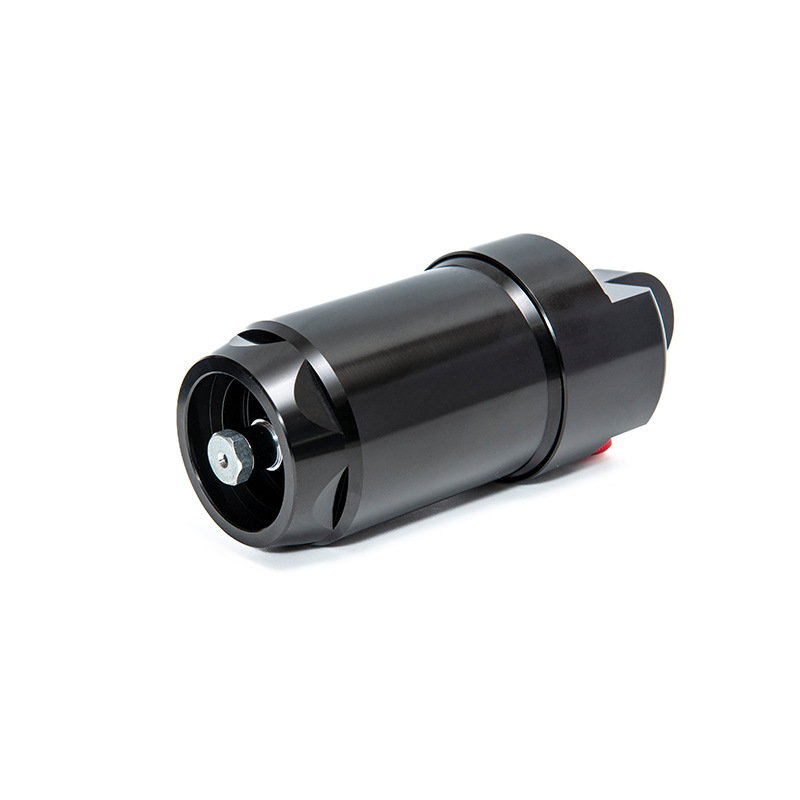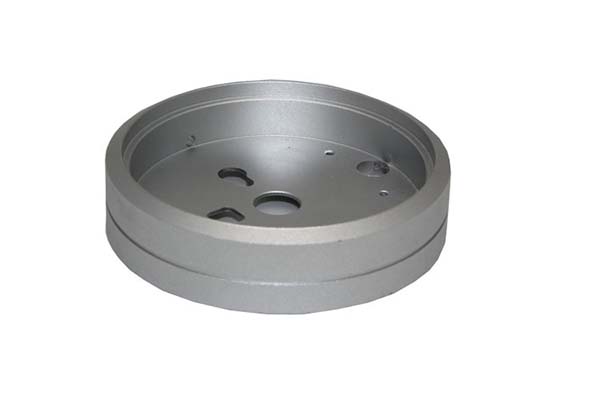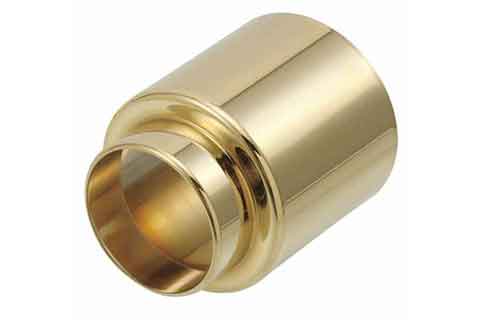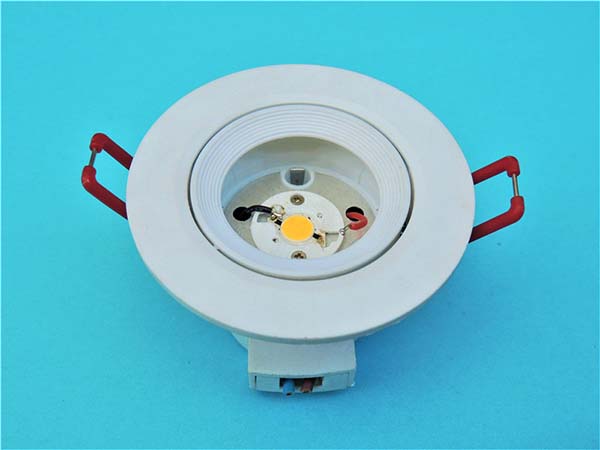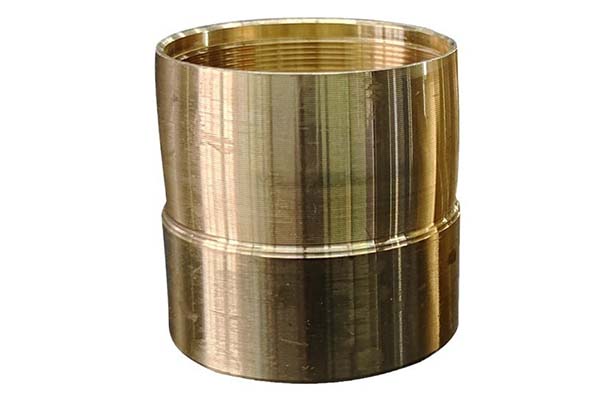1. Basic cognition of steel turning: core concepts and principles
What is steel turning? In short, it is the basic process of metal cutting to achieve material removal through lathe processing steel, and the core is to use the relative movement of the tool and the workpiece to remove excess metal and obtain the desired shape and precision. The essence of the steel turning principle is the "shear-separation" process: the rotation of the workpiece (main movement) and the linear feed of the tool (feed movement) constitute the turning motion mechanism, and the pressure is applied to the steel material through the cutting edge of the tool, so that the material undergoes plastic deformation and then breaks to form chips.
The characteristics of steel materials directly affect the difficulty of processing: for example, the higher the carbon content of carbon steel, the greater the hardness, the toughness and viscosity of stainless steel can easily lead to tool wear, and the brittleness of cast iron is prone to chipping. A machining plant once used aluminum alloy machining parameters due to ignoring the hardness characteristics of 45# carbon steel (HB220-250), resulting in a 50% reduction in tool life, which is a typical case of insufficient understanding of the definition of steel turning and material properties. Basic turning operations mainly include cylindrical turning, face turning, step turning, etc., which are the basis of all complex turning processes.
2. Tools and technology: the "core weapon" of steel turning
Choosing the right turning tool type is key to machining success. Common ones are high-speed steel tools (good toughness, low cost, suitable for low-speed machining) and carbide tools (high hardness, high temperature resistance, suitable for high-speed cutting), and the choice of coated tools can further improve performance - for example, when machining 321 stainless steel, the cutting speed of coated carbide tools can reach 160m/min, which is 52% higher than that of uncoated tools.
The optimization of the geometric angle of the tool is also important: the rake angle follows the principle of "hard small and soft large", and the hardened steel (HRC50+) is -5°~5°, and the carbon steel is 5°~15°; The main declination angle affects the cutting force distribution, with 90° for step axes and 45° for slender shafts. When an auto parts factory processes 40Cr alloy steel, it adjusts the rake angle from 8° to 5°, resulting in a 2.3-fold increase in tool life. In addition, the chip breaker design needs to match the machining scenario (HF groove type is suitable for finishing, HR groove type is suitable for rough machining), and reasonable use of coolant application can reduce the cutting temperature by 30%~50% and reduce tool wear.
3. Processing technology: parameter optimization and precision control
Rough turning and finishing are the core processes of steel turning: rough turning pursues efficient removal of allowance, and needs to choose a large cutting depth (2~5mm) and a moderate feed (0.2~0.5mm/rev); Finishing pays attention to precision, with a depth of cutting controlled at 0.1~0.3mm and a feed rate of 0.05~0.15mm/rev to match the appropriate turning and cutting speed. Here are the recommended machining parameters for 321 stainless steel:
| Tool type | Depth of Cutting (mm) | Speed (m/min) | Feed Rate (mm/rev) |
| high-speed steel | 4 | 27 | 0.4 |
| Coated carbide | 4 | 135 | 0.4 |
| Ceramic cutters | 4 | 275 | 0.25 |
Surface roughness control and turning accuracy assurance are key indicators: surface roughness can be reduced from Ra3.2 μm to Ra0.8 μm by optimizing cutting parameters (e.g. increasing cutting speed and reducing feed rate), and roundness errors can be effectively controlled within 0.005 mm by adjusting process parameters and avoiding turning vibrations (e.g. enhancing machine rigidity and optimizing tool overhang). Automated turning (e.g., CNC lathe + robotic arm) can further improve efficiency, and a car company uses dual-spindle cooperative machining to reduce motor end cap machining time from 20 minutes to 6 minutes.
4. Material application: the processing points of different steels
Different steel grades are selected to correspond to different processing strategies:
- Carbon steel turning: 45# carbon steel has excellent machining performance, recommended cutting speed 80~120m/min, and YT15 carbide is used for tools;
- Stainless steel turning: 304/321 stainless steel has large viscosity and poor heat dissipation, and requires sharp tools and large rake angles, and the cutting speed is 30%~50% lower than that of carbon steel;
- Alloy steel turning: 40Cr, 20CrMnTi and other alloy steels have high hardness, it is recommended to use coating tools, rough turning speed 60~90m/min;
- Cast iron turning: gray cast iron is brittle, dry turning can be used, the tool is YG8 carbide, the cutting speed is 100~150m/min;
- High-strength steel processing: For high-strength steel with a hardness of HRC45 or higher, PCBN tools or ceramic tools are required, using a low-speed and large depth of cutting strategy.
5. Quality control: from detection to standardization
Turning dimensional accuracy and surface quality inspection are the core of quality control: real-time monitoring of dimensions through online measurement technology (such as laser diameter gauge) to ensure that tolerances are controlled at IT7~IT9 levels; use roughness meters to detect surface quality and analyze turning defect analysis (such as accumulated edges, vibration lines, chipped edges). Roundness and cylindrical are the key shape and position tolerances, and a bearing factory controls the roundness error within 0.002mm by optimizing fixtures and processing parameters to meet precision bearing requirements. Establishing a quality assurance system and turning process verification process can reduce the scrap rate by 67%.
6. Equipment and tools: selection and configuration skills
The selection of CNC lathes needs to match the machining needs: the DMU 125 monoBLOCK five-axis machining center can be selected for machining precision parts, which has a 40% increased dynamic response speed and a tool exchange time of only 2.3 seconds; traditional lathes are suitable for simple parts machining and have lower costs. The configuration of the turning center needs to pay attention to the rigidity requirements of the machine tool and the calculation of spindle power (generally calculated according to the cutting force × cutting speed ÷ efficiency coefficient), with appropriate fixtures and chucks (such as three-jaw chucks for round workpieces, four-jaw chucks for special-shaped workpieces) and turret systems (turrets above 12 stations are recommended to meet multi-process machining). Automated clamping (e.g., hydraulic chuck, robotic arm) reduces assistance time and improves machining stability.
7. Problem solving: common pain points and solutions
| frequently asked questions | Causes | solution |
| Short tool life | The tool material does not match and the cutting parameters are improper | Choose the right coating tool and optimize the cutting speed and feed |
| Poor surface roughness | Built-up edges, vibrations, tool wear | Increase cutting speed, use coolant, and replace sharp tools |
| Dimensional instability | The machine tool is hotly deformed and the fixture is loose | Carry out machine tool preheating, strengthen the rigidity of the fixture, and use error compensation |
| Cuttings are wrapped | The chip breaker is unreasonably designed and the feed is too small | Replace the special chipbreaker blade and adjust the feed volume |
| Low processing efficiency | Conservative process parameters and improper equipment configuration | High-speed turning, optimization of machining processes, and upgrading of automation equipment |
8. Advanced technology: future trends in steel turning
High-speed turning technology (cutting speed >300m/min) can increase efficiency by more than 30%, but requires high-rigidity machines and high-quality tools; The dry turning process reduces the use of coolant, which is in line with the concept of green manufacturing and is suitable for cast iron, carbon steel and other materials; Intelligent turning systems (such as physical information-driven AI technology) can optimize machining parameters in real time, with trajectory accuracy of 0.15mm; Digital twin technology simulates machining processes in a virtual environment, reducing commissioning time by more than 60%. Composite machining integration (turning-milling compounding, laser cladding + turning) realizes one-stop processing and improves the processing efficiency of complex parts.
9. Industry application: practical scenarios of steel turning
- Auto parts turning: motor housing, gearbox gears, etc., using turning-milling composite machine tools, with an annual production capacity of 150,000 pieces of a single equipment;
- Aerospace applications: Titanium alloys, high-strength steel parts, requiring high precision and high surface quality, using precision turning technology;
- Energy equipment processing: large parts such as wind power gearbox housings and nuclear power pipelines require heavy lathes and multi-spindle processing;
- Mold manufacturing: precision turning of mold cores and cavities, surface roughness needs to reach Ra0.4μm or less;
- Precision Instrument Manufacturing: Micro parts such as instrument shafts and precision gears, using micro turning technology, with dimensional accuracy of ±0.001mm.
Yigu Technology Perspective
The core competitiveness of steel turning lies in "precise matching" - matching material characteristics with tool selection, matching processing parameters with precision requirements, and matching equipment configuration with industry demand. With the development of intelligent manufacturing technology, technologies such as physical information AI and digital twins will greatly improve processing efficiency and stability, while green manufacturing (dry turning) and automation integration will become industry trends. Enterprises need to balance efficiency, precision and cost to achieve high-quality development of steel turning through technological upgrades and standardized processes.
FAQ
- Q: How can I avoid too fast tool wear when machining stainless steel?
A: Choose coated carbide or ceramic tools, use large rake angle and sharp cutting edge, reduce the cutting speed by 30%~50%, and use coolant (such as emulsion) reasonably.
- Q: How can I control vibration during turning?
A: Enhance the rigidity of the machine tool, shorten the tool overhang, optimize the cutting parameters (reduce the depth of cut, reduce the feed), and use the 75° main declination angle tool.
- Q: What are the selection criteria for CNC lathes and traditional lathes?
A: Mass production, complex parts CNC lathe selection (high efficiency, stable precision); Choose traditional lathes for small batches and simple parts (low cost, fast commissioning).
- Q: What steel materials are dry turning suitable for?
A: It is mainly suitable for gray cast iron, carbon steel and other materials, and is not recommended for stainless steel, superalloys and other materials with high viscosity and poor heat dissipation.
- Q: How to improve the surface roughness of steel turning?
A: Increase the cutting speed, reduce the feed, use sharp tools and suitable chip breakers, optimize the use of coolant, and control the machining vibration.
